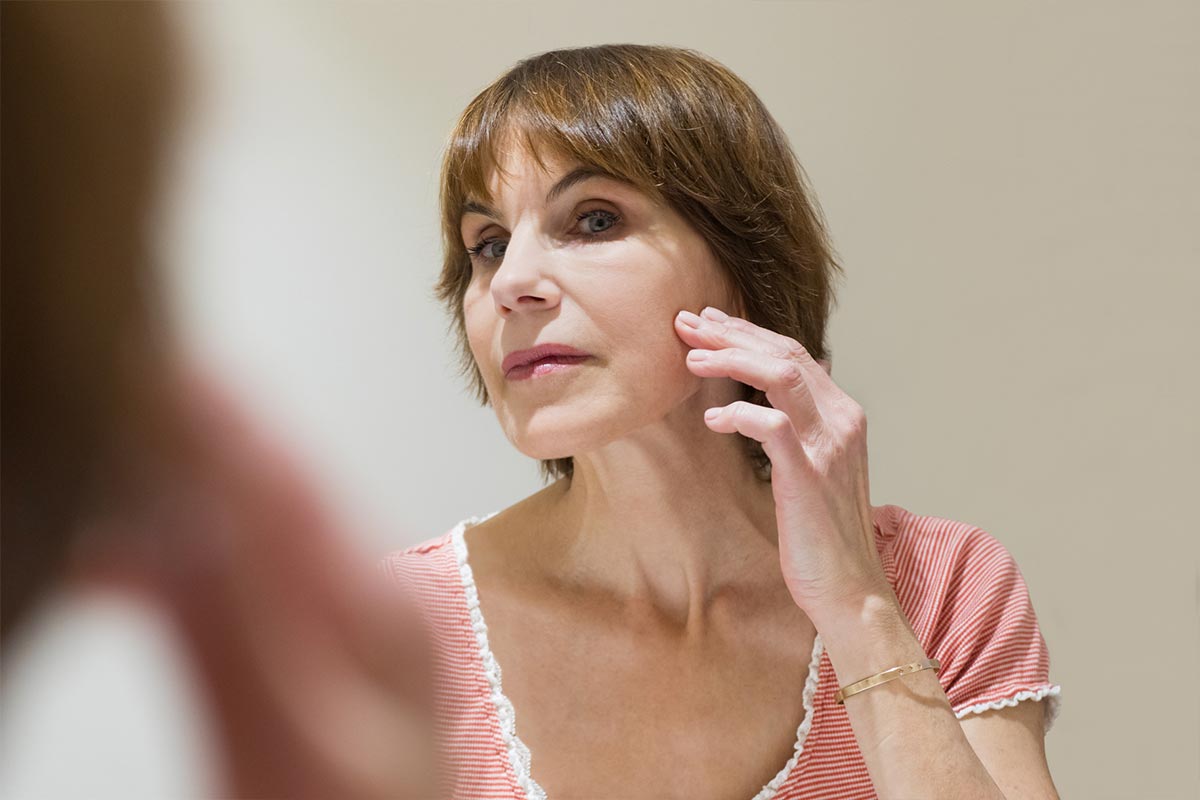Reshaping of the Lips

This is an essential step in the process of facial rejuvenation, and is independent of any fashion or trend.
The vermilion of the lips is a semi-mucous membrane that loses a lot of its volume with age; it is therefore necessary to return it to its initial volume in order to give the mouth an attractive appearance.
The skin of the lips becomes wrinkled mainly because it undergoes a retraction of the vermilion, as well as a contraction of the orbicular muscle of the lips. The involution of the mouth significantly disturbs the harmony of the lower face and makes the nose and chin look larger in comparison, making them appear 'harder' and more 'masculine'. As a result, the gentleness, the kindness and the generosity that are intimately linked to the way the female face looks, all disappear. The relationship between the upper and lower lip is very important and when the lower lip becomes smaller than the upper lip, the harmony of the mouth is disturbed and the charm of the female face is lost.
It is therefore easy to see just how important the reshaping of the lips is and the tremendous benefits this brings to the facial appearance.
IN OUR EXPERIENCE, IT IS PREFERABLE:
- To use non-allergenic products in order to avoid an 'accordion' effect, which is difficult to accept and to justify.
- To proceed via several sessions (three on average), in order to make sure the changes are gradual and fully controlled, allowing a dscreet change in the mouth, which is very much appreciated by the patients (even the impatient ones!).
- To come to a clear understanding right at the beginning, to define a realistic goal, taking into account the age of the patient and the non-modifiable characteristics of the mouth (the line of cupid's bow, width, height)
- To adapt to the unique characteristics of each mouth (front view, profile), avoiding any form of standardisation.
- To beware, above all, of the crude results that one sees so often in the media.
IN PRACTICE
The reshaping of the lips is achieved in three sessions, each separated by an interval of 6 weeks, under local anaesthesia. The first session can result in bruising which can last for several days (this can be hidden with make-up), as well as in a potential oedema, although this rarely lasts more than 24 hours. The increase in volume that is achieved immediately is purely the result of the 'trauma' caused by the injection and its reduction should not be mistaken for treatment failure. Indeed, the true effect of the product will be visible only a few days after the injection and everything will stabilise in 4 to 6 weeks, when the work may be retouched.
Firmer areas may sometimes be felt although they will not be visible and they should not be irritated with the teeth, since this will make the inflammation last longer.
CONCLUSION
This 'minor' reshaping technique, performed very subtly, gives some very attractive results and will provides the patient with considerable satisfaction